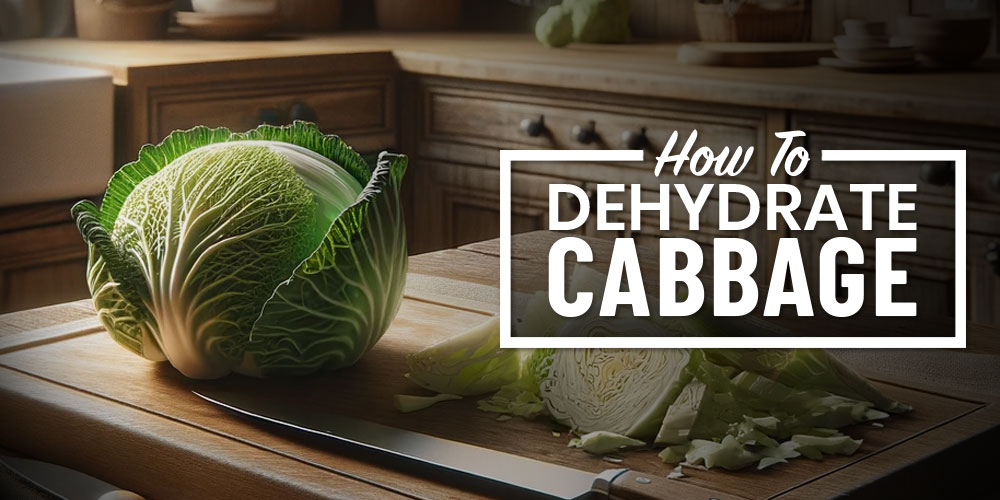
NAVIGATION
Every batch brings snack-worthy satisfaction and a tasty manifestation of my dedication to a sustainable lifestyle. Moreover, it’s a valuable addition to my pantry, letting me savor the taste of homegrown or fresh cabbage long after the growing season ends.
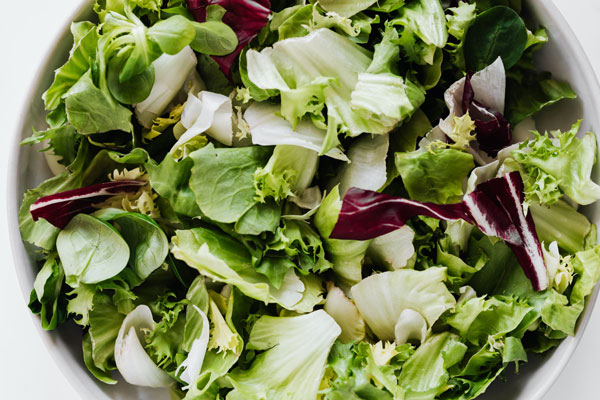

Hi, I’m Ryan
I’ve been exploring the world of food preservation along my homesteading journey. In my minimalist pantry, cabbage has proven to be a versatile addition to countless meals, and now I’ve learned how to preserve their delicious goodness by dehydrating them.

Can You Dehydrate Cabbage?

Yes, cabbages are excellent candidates for dehydration and have a long shelf life. As I’ve mentioned, dehydrating cabbage is a great way to enjoy this cruciferous vegetable well beyond its harvest season. Whether you want to have dehydrated cabbage on hand as a quick and nutritious snack or plan to use it in your favorite recipes, this method delivers every time.
What Varieties Of Cabbage Can Be Dehydrated?
Nearly all cabbage varieties can be dehydrated, from green cabbage to red and savoy cabbage. Whether you’ve grown your own cabbages or purchased them at a local market, they can be used for dehydration.
What Parts Of A Cabbage Can Be Dehydrated?
When dehydrating cabbages, you can technically dehydrate the whole head, including the leaves and core. However, you should cut the cabbage into manageable pieces first. I find that it’s always good practice to remove any damaged or wilted outer leaves and thoroughly wash the cabbage before the process begins, too.
Do I Need To Strip The Cabbage?
Yes, I’ve found that stripping off the outer leaves from each cabbage ensures that you dehydrate the freshest and healthiest pieces. If you have a compost bin, go ahead and toss all the unused pieces in there.
Do I Need To Blanch Cabbages To Dehydrate Them?
Blanching cabbages is not mandatory, but I’ve found that the blanching step helps preserve the cabbage’s tastiness. Blanching also serves several crucial purposes: It halts enzymatic reactions, retains the vegetable’s vibrant color, and eliminates surface bacteria.
How To Dehydrate Cabbages

To embark on the journey of preserving cabbages, equip yourself with the necessary tools and knowledge needed for transforming fresh cabbages into nutrient-packed, shelf-stable delights. Whether you’re looking for ways to reduce food waste or want to enhance your culinary prowess, dehydrating cabbage is a skill worth mastering. The process is not a daunting one, and it begins with gathering the necessary equipment to harness the full potential of this preservation technique.

Equipment You’ll Need To Dehydrate Cabbages

You don’t need a lot of equipment to dehydrate cabbages. With just a few essential tools, you can ensure that your dehydrated cabbages retain their quality and flavor throughout the process. Dehydrated cabbage can be used in various recipes, and I like that it is a convenient way to have this vegetable available at all times of the year.
Here’s what you’ll need
- Dehydrator or oven
- Dehydrator trays
- Knife, mandolin, or food processor
- Large pot
- Fresh cabbage
- Cloth for drying

Steps To Dehydrating Cabbages

Dehydrating cabbage is a food preservation method aimed at eliminating moisture from the vegetable to ensure its long-term storage. At the end of this step-by-step tutorial, you’ll have dehydrated cabbage, a versatile ingredient suitable for numerous recipes.
Dehydrating Cabbage Step-By-Step
- Wash Your Asparagus ThoroughlyWash the asparagus to remove dirt and debris, especially if you’re not peeling it. Washing thoroughly helps avoid small particles that can cause bacterial growth and ruin your batch.
- Wash ThoroughlyI choose to start by thoroughly washing the outside of my fresh cabbages to remove any dirt or impurities.
- Cut Or Slice The CabbageCut or slice the cabbage into manageable pieces using either a knife or mandolin, or you can even shred the cabbage with a food processor. I like to make sure that the slices are relatively uniform in size and shape. This step helps in even drying and ensures that all parts of the cabbage dehydrate properly.
- Blanch The CabbageTo begin blanching, bring a large pot of water to a rolling boil and add in the cabbage for 1-2 minutes. Then, dunk the cabbage into an ice water bath. Afterward, pat dry or drain the cabbage, ready for the next stage of the dehydration process.
- Dry In Single Layers In Your DehydratorStart by arranging the cabbage pieces in a single layer on the dehydrator trays and set the temperature to approximately 125-135 F (52-57 C) and let it work its magic for anywhere from 6-12 hours, or until the cabbage is completely dry. *It’s worth noting that the exact time required to achieve complete dehydration can fluctuate depending on the size and thickness of the cabbage pieces.
- How To Tell When Your Cabbages Are Done DehydratingTrust your touch. You’ll know your cabbages are ready when they become dry and brittle, breaking easily when bent. If not, then continue dehydrating until they reach the desired consistency.
Can You Use An Oven Instead Of A Dehydrator For Cabbages?
Set your oven to the lowest temperature possible (usually around 150-170 F or 65-75 C) and prop open the oven door slightly to allow moisture to escape. It can take anywhere from 12-24 hours to complete. Keep a close eye on the process due to potential temperature fluctuations. Solar and wood ovens work well for off-grid dehydration.
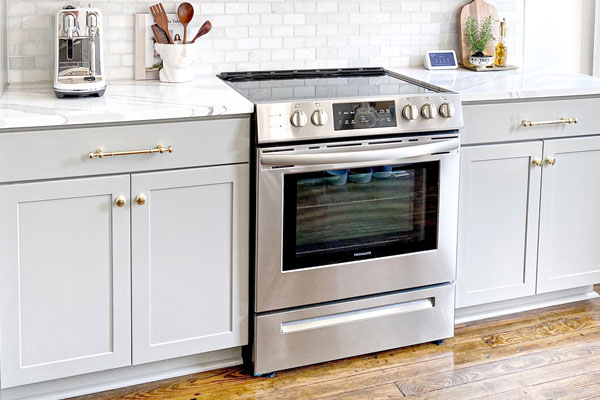
Make sure the cabbage is thoroughly dry before starting the dehydration process — it will significantly improve drying efficiency and speed.
How To Store Dehydrated Cabbages

For those seeking extended storage, vacuum sealing is remarkably efficient. To maintain thei quality, keep the containers in a cool, dry location, free from the detrimental effects of heat, light, and humidity, and don’t forget to label them with the date for easy reference.
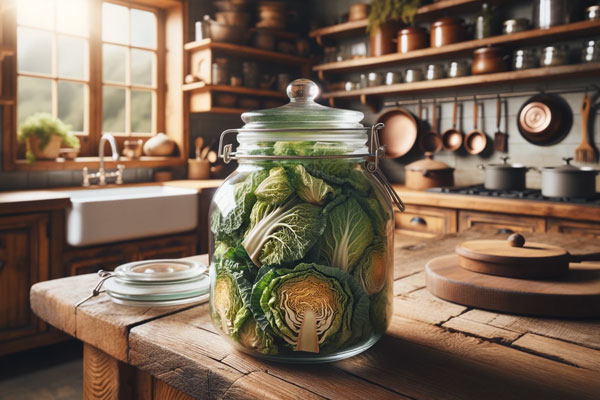
How Long Will Dehydrated Cabbage Last?
Safely tucked in an airtight container in a cool and dry environment, your dehydrated cabbages can maintain their quality for up to a year or even two years if stored in the freezer. Personally, I prefer storing them in a jar in my pantry for easy accessibility.
How To Use Dehydrated Cabbages in Your Cooking

Whether you’re looking for a convenient and flavorful snack or a versatile recipe ingredient, dehydrated cabbages are a valuable asset in your kitchen.

Fresh To Dehydrated Cabbage Conversion
Just as in transitioning from fresh to dried herbs, maintaining the proper ratio is essential when switching between fresh and dehydrated cabbage. A general guideline is that one part dehydrated cabbage is roughly equivalent to three parts fresh cabbage. For instance, if your recipe traditionally requires three cups of fresh cabbage, you can seamlessly adapt it by substituting this with one cup of dehydrated cabbage. This ratio ensures your dishes maintain their intended balance and flavor.
How To Re-Hydrate Dehydrated Cabbage
What I’ve found is that bringing life back to dehydrated cabbages is a simple yet crucial step. A short soak in warm water, typically 30 minutes, revitalizes these crisp pieces. Once rehydrated, they regain their cabbage essence, adding their signature texture and flavor to your dishes.
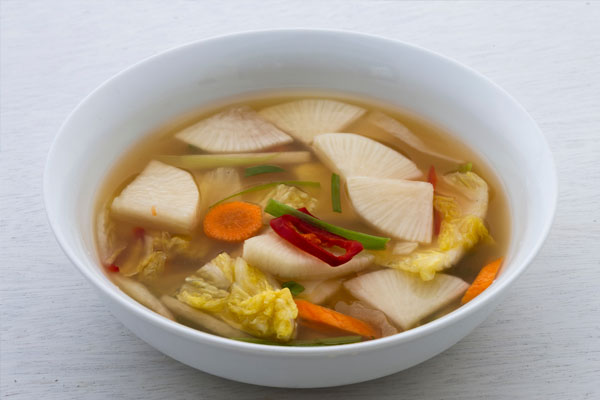 Mastering the art of dehydrating cabbages is a skill that adds versatility and sustainability to your kitchen. It allows you to enjoy the taste of fresh cabbage long after the growing season ends. With this step-by-step guide, you can preserve the goodness of cabbages for various recipes, reducing food waste and enhancing your culinary skills.
Mastering the art of dehydrating cabbages is a skill that adds versatility and sustainability to your kitchen. It allows you to enjoy the taste of fresh cabbage long after the growing season ends. With this step-by-step guide, you can preserve the goodness of cabbages for various recipes, reducing food waste and enhancing your culinary skills.
I find that dehydrated cabbages make for a crunchy snack and are a multifunctional ingredient. So, gather your equipment and dive into food preservation in your own kitchen!
Your Turn
- Which dish do you most enjoy enhancing with dehydrated cabbage?
- What flavorful seasonings do you apply to this delightful, crispy treat?




Leave a Reply